Impact of 3d printing
3d Printing applications
Medical 3D Printing comprises four core usages including creating tissues and organoids, surgical tools, patient-specific surgical models
and custom-made prosthetics.
Bioprinting is 3D Printing using plastic or metal, athey use a computer-guided pipette to layer living cells, (bio-ink) on top of one another, creating artificial living tissue.
These tissue constructs (organoids) are currently being trialled to replace human organ transplants. Organovo -a US-based medical laboratory and research company is experimenting with printing liver and intestinal tissue to assist with the studying of organs in vitro. In May 2018, the company presented preclinical data for the functionality of its liver tissue in a programme for type 1 tyrosinemia. This condition impedes the body’s ability to metabolise the amino acid tyrosine due to the deficiency of an enzyme.
3D Printing is also being utilised to create patient-specific organ replicas. Surgeons can practice prior to performing complicated operations. This procedure has been performed successfully in surgeries ranging from full-face transplants to spinal procedures. In Dubai, hospitals have a mandate to use 3D Printing. Doctors successfully operated on a cerebral aneurysm in four veins, using a 3D printed model of the patient’s arteries to map out how to navigate the blood vessels safely.
Examples include a radiologist who requests us to create a replica of a patient’s spine to help plan a surgery or a dentist who asks for a scan of a broken tooth to make a crown. Doctors can use 3D Printing to create products that precisely match a patient’s anatomy. With 3D Printing, we can customise prosthetic limbs, cranial implants, or orthopaedic implants such as hips and knees. The potential to change the manufacturing of medical products—particularly high-risk devices such as implants is infinitive. Manufacturers use 3D printing technologies to create devices with complex geometries, such as knee replacements with a porous structure, facilitating tissue growth and integration. 3D Printing also allows creating a whole product or device component at once. At the same time, other manufacturing techniques may require several parts to be fabricated separately and screwed or welded together.
CT And MRI scans are being used to produce patient-specific and tactile reference modelling.
3D Printing makes this affordable and straightforward. Peer-reviewed literature shows that 3D Printing provides an additional view that helps physicians prepare better for surgeries, leading to drastically reduced time and cost in the operating room while improving patient satisfaction, lowering anxiety, and reducing recovery time. The 3D prostheses are less invasive, decrease rehabilitation time and have less scarring. The surgery can also be more minor, leading to cost avoidance in hospitals and less postoperative care required.
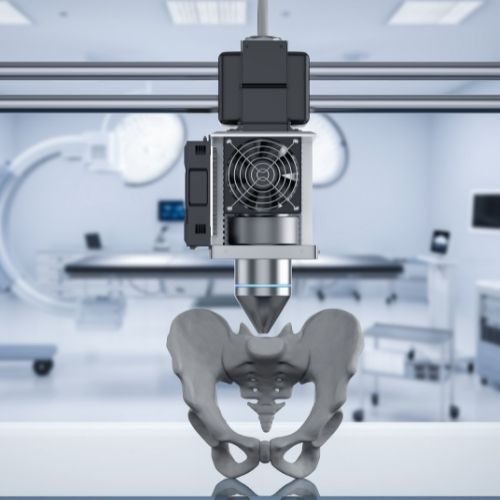
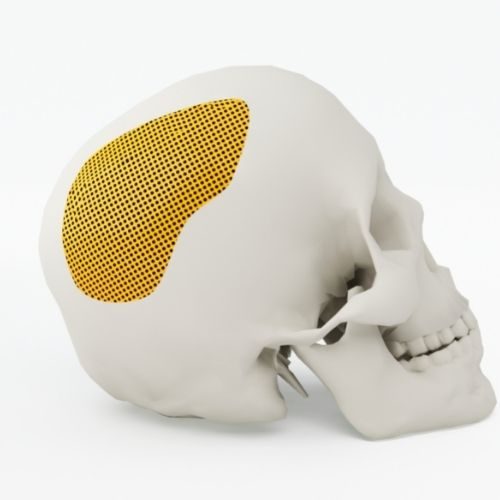
Research is currently using 3D Printing for manufacturing pharmaceuticals with the potential for unique dosage formulations, including those drugs that might enable slower or faster absorption.
American FDA approved one such 3D-printed drug in 2015, an epilepsy treatment formulated to deliver a hefty dose of the active ingredient that can disintegrate quickly in water. It is also being researched as to 3D Printing making personalised treatments that combine multiple drugs into one pill, known as a “polypill.” Additionally, researchers use bioprinters to create cellular and tissue constructs, such as skin grafts and organs.
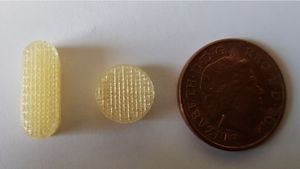 Image
Source: Printed polypill eases swallowing difficulties and paves the way for personalised medicine in the future - Used with
permission, Copyright
EIRA
2022
Image
Source: Printed polypill eases swallowing difficulties and paves the way for personalised medicine in the future - Used with
permission, Copyright
EIRA
2022
3D Printing is currently being used for sterile surgical instruments, such as forceps, hemostats, scalpel handles and clamps, fixation trays and contouring templates. One of the main benefits of using 3D Printing rather than traditional manufacturing methods to produce surgical instruments is the lowering of production costs.
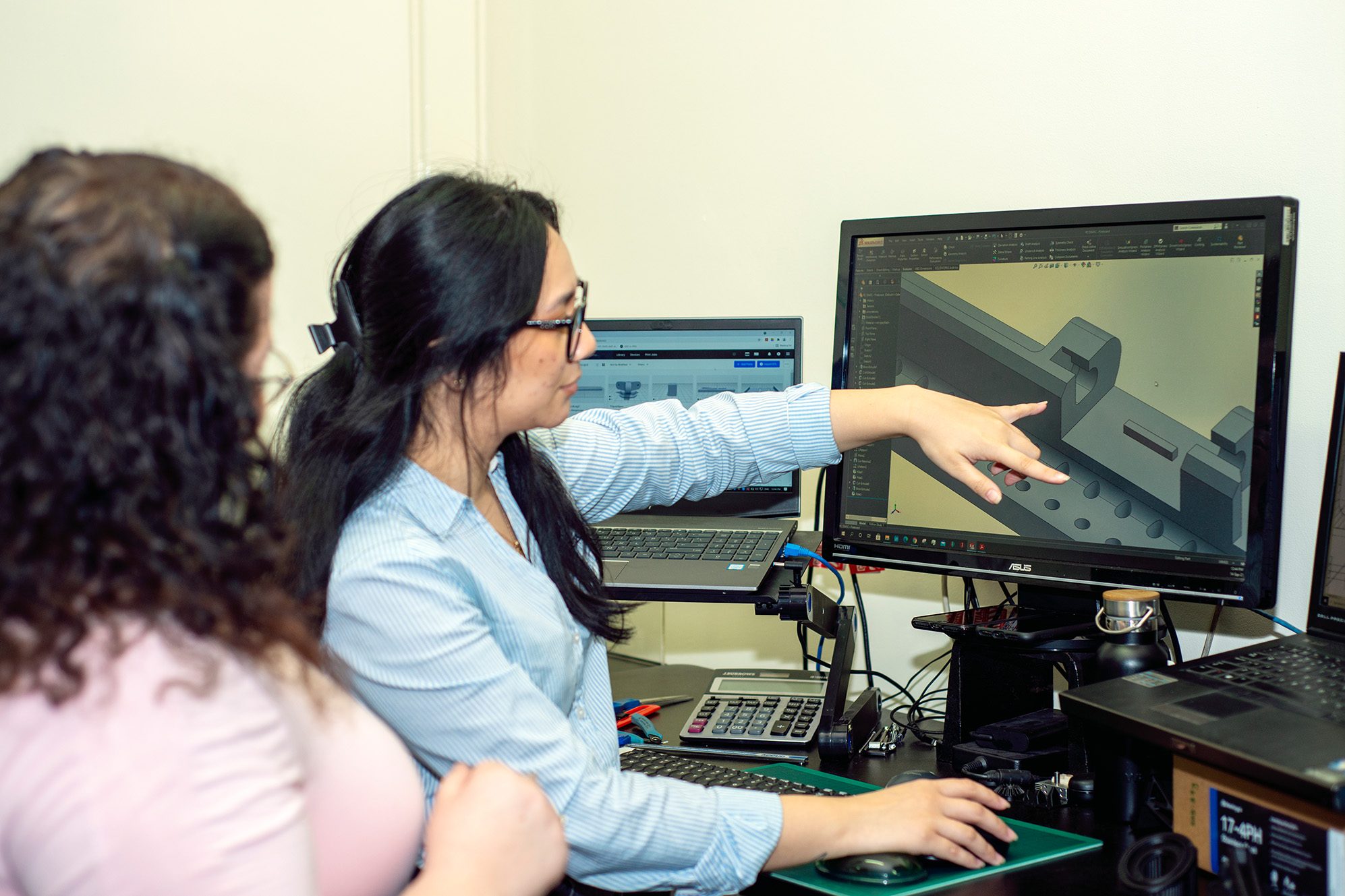
Conceptually having a tangible object can help you through the creative process. Retrocast 3D Printing will construct concept models that
mimic the appearance of production-run parts.
Learn More
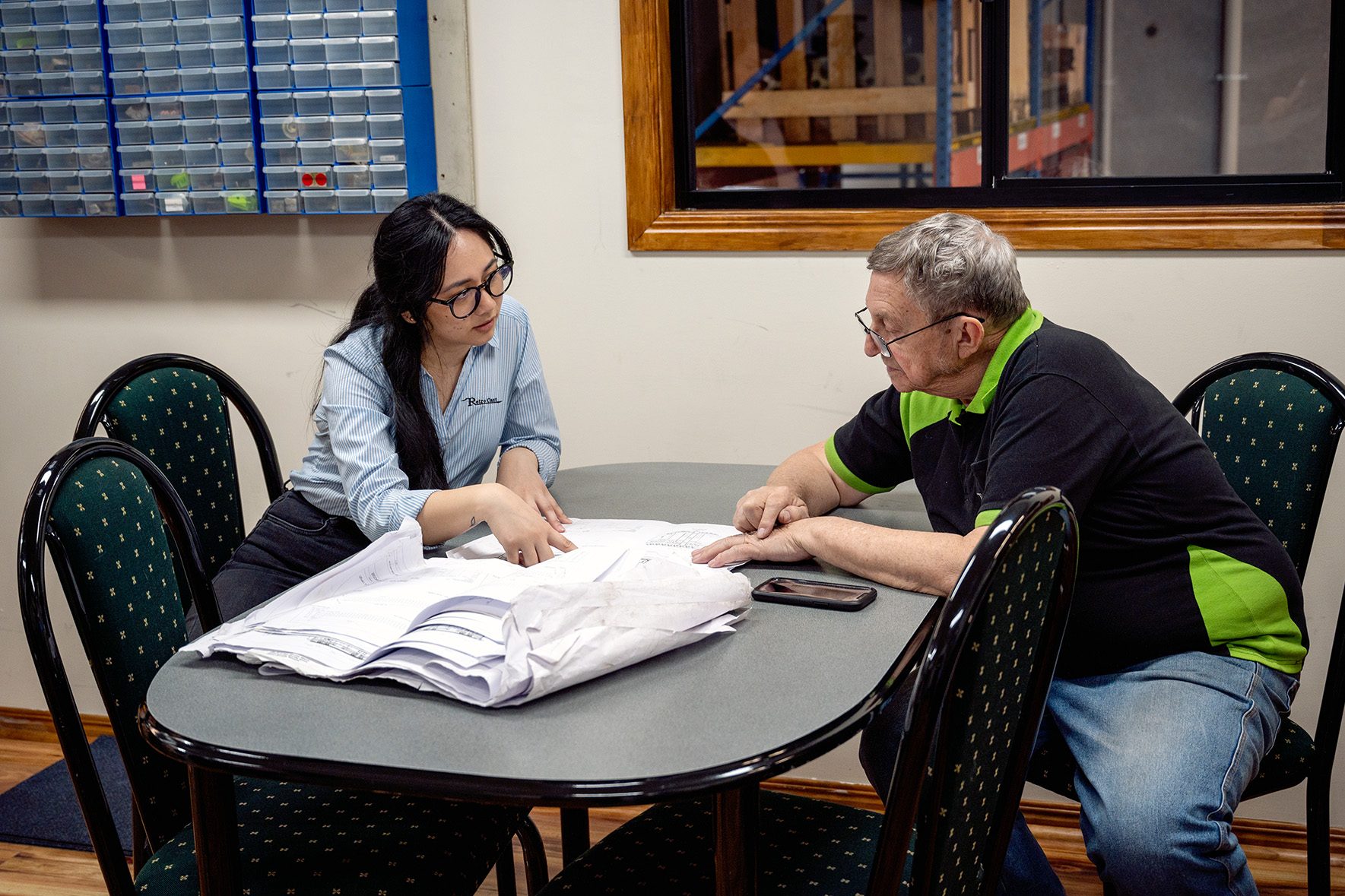
Display your design and relay the marketability of
your product. Create a market for your product before production. Send your 3D Concept to Retrocast 3D Printing to explore your
options and get a quote.
Get a Quote
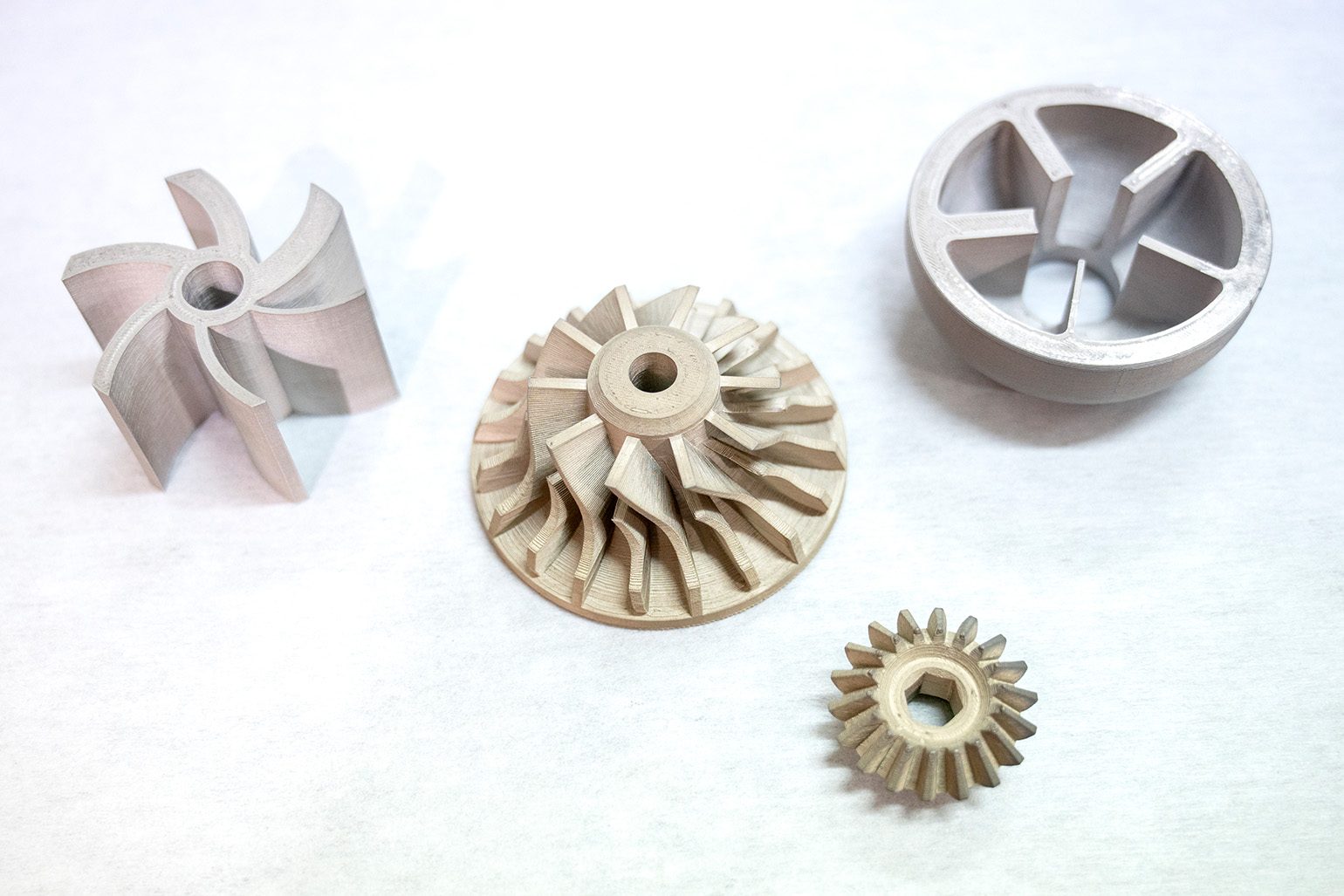
We can test your new product is doable prior to full production. Rapid prototyping services allows us to test the form, fit, and function of your prototype.
Ensuring durability and quality.
Discover More